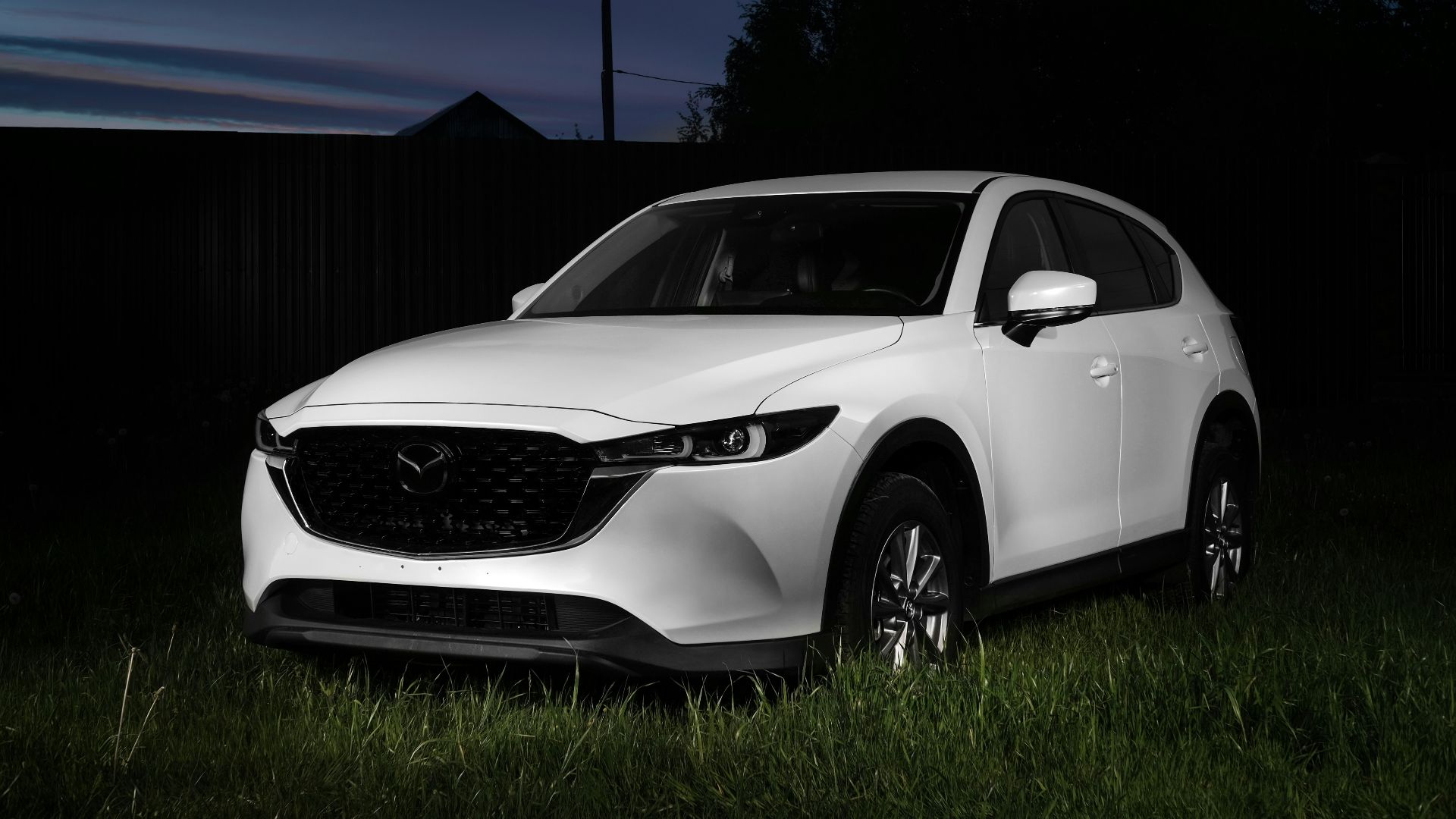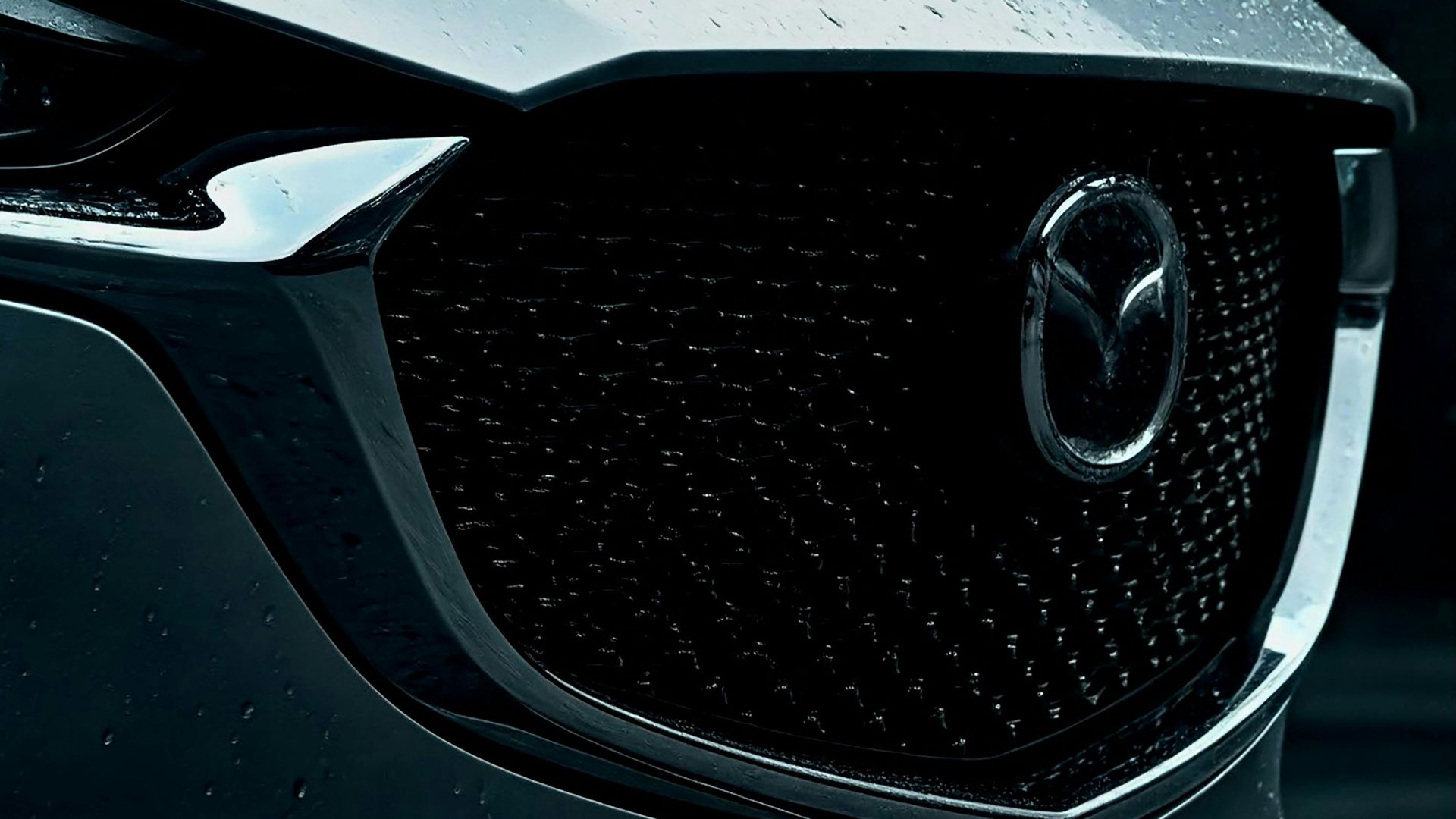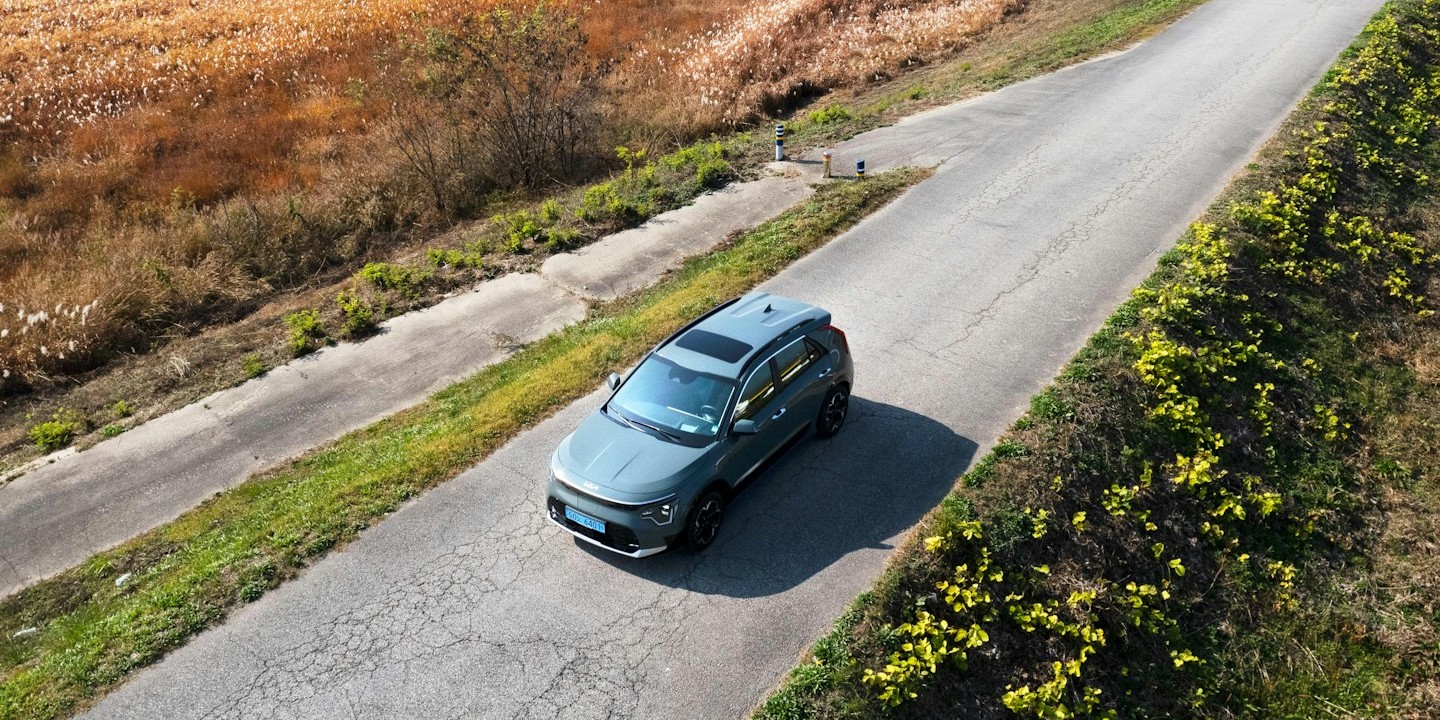As Mazda heads into 2026, the automaker is attempting to deepen its commitment to offering electric versions of its more popular models and building infrastructure that will help them succeed in the future.
Unlike some of its competitors, Mazda isn’t rushing into the electric vehicle sector. Instead, it’s opting for a steady, multi-faceted approach involving modernizing its best-selling vehicles, investing in greater battery production, and amplifying its brand identity.
Let’s review three of the areas that Mazda is focusing on for next year, and how they might help the company appeal to more consumers and boost sales.
A Reimagined CX-5
Mazda is placing its biggest bet on the 2026 Mazda CX-5. The third-generation CX-5 is still equipped with the model’s defining Kodo design, but also features sharper proportions.
The interior is more spacious with a minimalist layout grounded in Japanese aesthetics. The automaker is also introducing a larger infotainment screen with Google built in. Drivers will be able to use Google Maps, Play Store Apps, and the Gemini AI assistant with ease. This enhanced tech pushed the CX-5 into the new frontier of sedans.
The engine will still be a 2.5-liter SkyActiv-G four-cylinder. It will produce roughly 187 horsepower with a six-speed automatic transmission. The 2026 model will also have standard i-Activ AWD, which should appeal to drivers.
While consumers will have to wait until at least 2027 for the electric version, Mazda is laying the foundation with the new CX-5. Time will tell if this becomes Mazda’s all-time best-seller.
Building for the Electric Age
For Mazda, 2026 won’t just be about redesigning its cars. They are making a substantial investment in building the electrical infrastructure, evidenced by their announcement of a new module-pack plant in Japan. This plant will be dedicated to manufacturing cylindrical lithium-ion battery modules.
To reach its electric vehicle goals, Mazda is executing a strategy to optimize the use of its existing infrastructure and technologies. They are also partnering with Panasonic and other companies to reduce the costs incurred by producing electric vehicles.
If done right, this strategy should help Mazda leap into the EV market successfully.
Engine and Powertrain Innovation
Mazda’s 2026 strategy is also focused on balancing traditional internal combustion with hybrid solutions. The automaker’s multi-solution strategy will offer internal combustion, hybrid, and EV powertrains to consumers.
The upcoming SKYACTIV-X engine is described as Mazda’s next-generation core engine. It’s engineered with the electric vehicle age in mind, and will pair with Mazda’s hybrid system to offer drivers efficiency and optimal drivability.
While these components might not be found in cars until 2027, Mazda will need to take the necessary steps in 2026 to help it become an eventual reality.
2026 is looking like a banner year for Mazda, as it lays the foundation for its future both in the EV market and the traditional gas market. The upcoming CX-5 reflects Mazda’s philosophy, which combines advanced connectivity, power, and a new and sleek design. Behind the scenes, Mazda is building key EV infrastructure to keep itself relevant and expand its market share.









